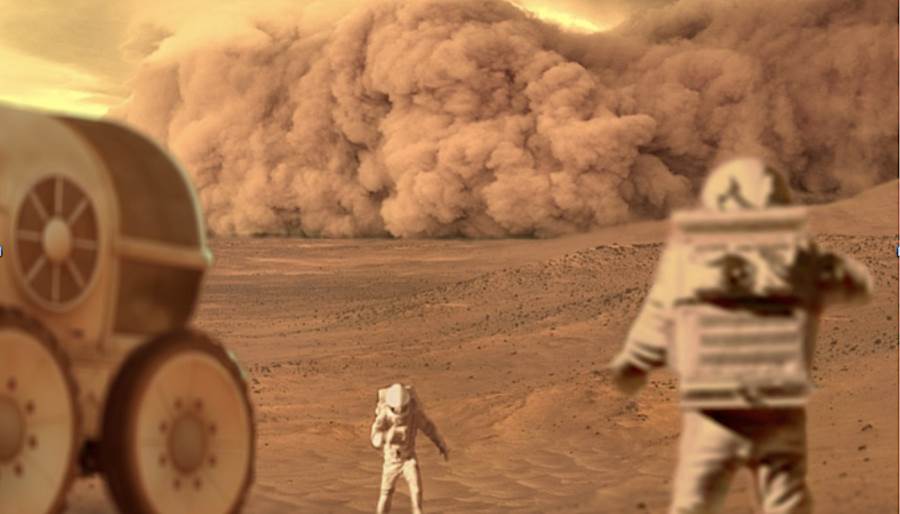The “smartphones” many of us now carry have a three to five mega pixel lens, not to mention an MP3 player, GPS or even a bar code scanner. What if new functions on our cell phones can also protect us from toxic chemicals?
The US Deparment of Homeland Security’s science and technology directorate’s Cell-All is such an initiative.
Cell-All aims to equip cell phones with a sensor capable of detecting deadly chemicals. The technology is ingenious.
A chip costing less than a dollar is embedded in a cell phone and programmed to either alert the cell phone carrier to the presence of toxic chemicals in the air, and/or a central station that can monitor how many alerts in an area are being received. One might be a false. Hundreds might indicate the need for evacuation.
“Our goal is to create a lightweight, cost-effective, power-efficient solution,” says Stephen Dennis, Cell-All’s programme manager.
How would this work? Just as antivirus software bides its time in the background and springs to life when it spies suspicious activity, so Cell-All would regularly sniff the surrounding air for certain volatile chemical compounds.
When a threat is sensed, an alert ensues in one of two ways. For personal safety issues such as a chlorine gas leak, a warning is sounded and the user can choose a vibration, noise, text message or phone call to alert him.
For catastrophes such as a sarin gas attack, details – including time, location and the compound-are phoned home to an emergency operations centre.
While the first warning is beamed to individuals, the second warning works best with crowds. And that’s where the genius of Cell-All lies – in crowd sourcing human safety.
Currently, if a person suspects that something is amiss, he might dial an emergency number, though behavioural science tells us that it’s easier to do nothing.
And, as is often the case when someone phones in an emergency, the caller may be difficult to understand, diminishing the quality of information that’s relayed.
An even worse scenario: the person may not even be aware of the danger, like the South Carolina woman who last year drove into a colourless, odourless, and poisonous ammonia cloud.
In contrast, anywhere a chemical threat breaks out – a mall, a bus, subway or office – Cell-All will alert the authorities automatically, says a release of the directorate.
Detection, identification, and notification all take place in less than 60 seconds. Because the data is delivered digitally, Cell-All reduces the chance of human error.
“Our smartphones may soon be smarter than we are,” Dennis said.



 Movies News6 years ago
Movies News6 years ago


 Movies News4 years ago
Movies News4 years ago


 Movies News4 years ago
Movies News4 years ago


 Movies News4 years ago
Movies News4 years ago






